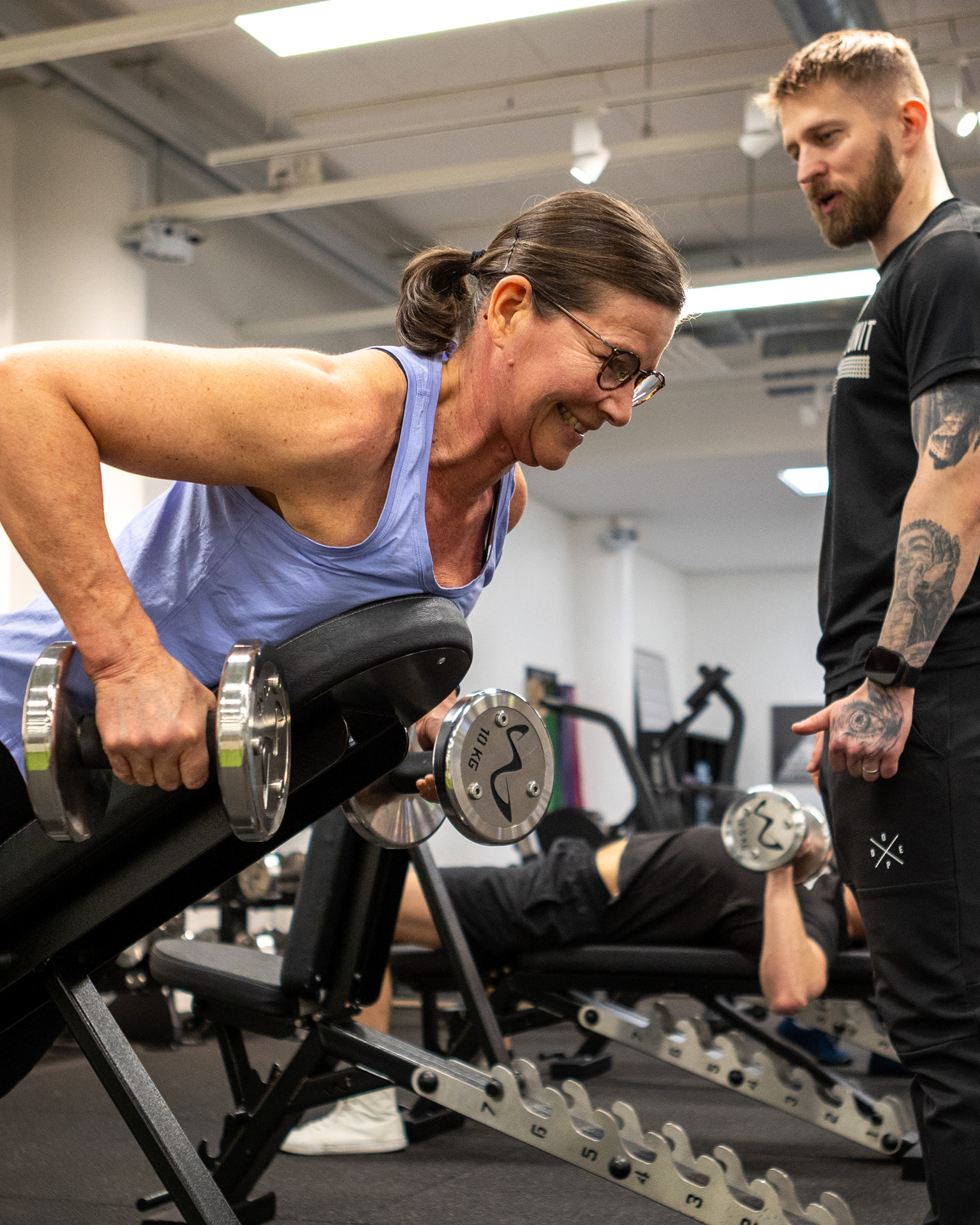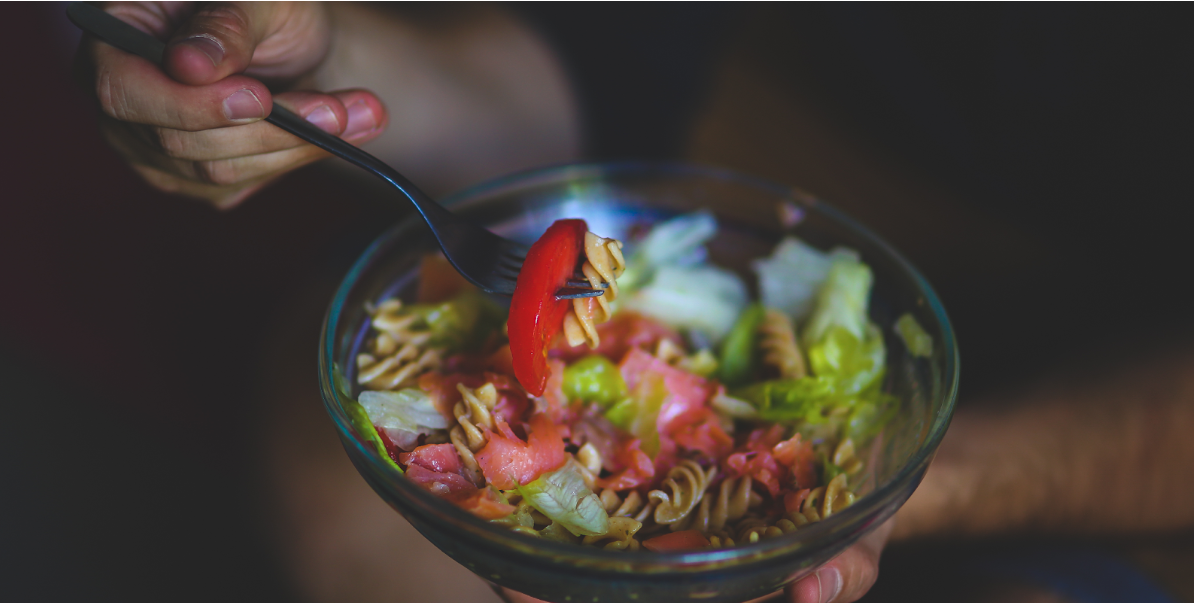
Cardio. The holy grail of weight loss, right? If I had a dollar for every time someone told me they were “going to lose weight by doing more cardio,” I’d probably be able to retire early. It’s one of the most common fitness misconceptions: the idea that the more you sweat, the more fat you burn, and the faster you’ll see results. But let me drop a truth bomb on you: cardio is overrated—at least the way most people do it.
The Cardio Confusion: What Everyone Gets Wrong
Here’s the thing: cardio, as we know it, has become the go-to fat-loss strategy for the average gym-goer. You see people pounding the treadmill for hours, drenched in sweat, and then frustrated when the scale doesn’t budge. But here’s the dirty little secret that no one tells you: more cardio isn’t necessarily better. In fact, when it comes to fat loss, it’s probably the least efficient thing you can do.
Why? Because cardio—especially the hardcore, sweat-your-face-off kind that everyone loves to hate—isn’t as effective for long-term fat loss as you think. Sure, you’ll burn calories during your run or cycling session, but the moment you step off the treadmill, those benefits stop. Meanwhile, your hunger skyrockets, and your body starts craving more food to replace the energy you just burned. If you’re not careful, you could end up eating back the calories you burned during your cardio session without even realizing it.
The Slow and Steady Approach: Why Less Is More
Instead of torturing yourself with endless hours of intense cardio, let me introduce you to a better way: make haste slowly. This isn’t about working out less—it’s about working out smarter. Rather than chasing the quick calorie burn, focus on sustainable, low-intensity movement that your body can handle over the long term.
Low-intensity cardio, like walking, cycling at a leisurely pace, or swimming, is a game-changer. It doesn’t burn you out, it doesn’t leave you ravenous, and most importantly, it’s sustainable. You can do it every day without your body feeling like it’s been hit by a bus. Think of it as a marathon, not a sprint.
You see, when you engage in low-intensity cardio, you’re burning fat while preserving muscle mass. Muscle mass is your secret weapon when it comes to long-term fat loss because the more muscle you have, the more calories you burn at rest. When you go too hard on cardio, especially without balancing it with strength training, you risk burning away that precious muscle mass—and trust me, that’s the last thing you want.
But Don’t I Need Cardio for Heart Health?
Okay, before you cardio lovers come for me, let me clarify something: cardio does have its place. It’s important for cardiovascular health, endurance, and overall fitness. I’m not saying you should never do cardio again. What I’m saying is that the way we approach cardio needs to change.
There’s a difference between training for fat loss and training for heart health. If your goal is fat loss, spending hours on the treadmill isn’t the most effective use of your time. If your goal is to improve cardiovascular endurance, then, yes, cardio is essential—but it doesn’t need to be extreme or exhausting.
Moderation is the key. Instead of hammering out 60 minutes of intense running, aim for 20-30 minutes of moderate-intensity cardio 2-3 times a week. Pair it with strength training, and you’ve got a solid plan that boosts both fat loss and heart health without burning you out.
The Myth of the Calorie Burn
One of the biggest myths in the fitness world is the idea that the more calories you burn during a workout, the more fat you’ll lose. This leads people to choose workouts based on how many calories they can torch in an hour. But this mindset is flawed.
Your body isn’t a simple math equation. It’s not just about calories burned versus calories eaten. If it were that easy, everyone would have six-pack abs, right? The reality is that your body adapts to cardio over time. The more you do it, the more efficient your body becomes, which means you burn fewer calories doing the same activity. Plus, your body compensates by increasing hunger, which makes you more likely to overeat after a tough cardio session.
That’s why strength training is your best friend when it comes to long-term fat loss. Lifting weights not only burns calories during the workout, but it also boosts your metabolism for hours afterward. This is known as the afterburn effect (or EPOC, if you want to get technical). In short, you continue to burn calories long after your workout is over. Cardio doesn’t give you that same afterburn.
Why Strength Training Beats Cardio for Fat Loss
Let me break this down: when you lift weights, you’re building muscle. Muscle is metabolically active, which means it burns calories even when you’re not moving. The more muscle you have, the more calories you burn at rest. That’s why strength training is so effective for fat loss—it helps you burn fat around the clock, not just during your workout.
Plus, strength training shapes your body in a way that cardio can’t. Sure, you might lose weight by doing a ton of cardio, but you could end up with what’s called “skinny fat”—where you’re lighter on the scale, but your body composition is still mostly fat. With strength training, you’ll lose fat while maintaining (or even building) muscle, giving you that lean, toned look that cardio alone can’t provide.
How to Combine Cardio and Strength for Maximum Results
So, how do you find the sweet spot between cardio and strength training? It’s all about balance. You don’t need to spend hours on either to see results. Here’s a simple formula for success:
- Prioritize Strength Training
Aim for 3-4 strength sessions per week, focusing on compound movements like squats, deadlifts, presses, and pulls. These exercises work multiple muscle groups at once, giving you the most bang for your buck. - Incorporate Low-Intensity Cardio
Add 2-3 days of low-intensity cardio, like walking or cycling. This can be as simple as going for a brisk 30-minute walk after dinner or cycling to work instead of driving. Remember, it doesn’t have to be intense to be effective. - Mix in Moderate Cardio
If you enjoy cardio and want to boost your heart health, throw in 1-2 moderate-intensity cardio sessions per week. This could be a 20-30 minute jog or a quick spin class. Just don’t overdo it. - Listen to Your Body
Cardio shouldn’t feel like a punishment. If you’re exhausted, burned out, or dreading your workout, you’re doing too much. Exercise should make you feel good, not wiped out. Always listen to your body’s signals.
Final Thoughts: Slow and Steady Wins the Race
At the end of the day, cardio has its place, but it’s not the end-all-be-all of fat loss. If you’ve been stuck in the cycle of endless cardio with little results, it’s time to rethink your approach. Slow and steady wins the race. Focus on sustainable movement that you enjoy, prioritize strength training, and sprinkle in cardio for heart health—not fat loss.
Remember, fitness isn’t about how much you can sweat or how fast you can run—it’s about creating a routine that you can stick to for life. So, stop sprinting toward the finish line and start walking there instead. You’ll enjoy the journey a whole lot more.




